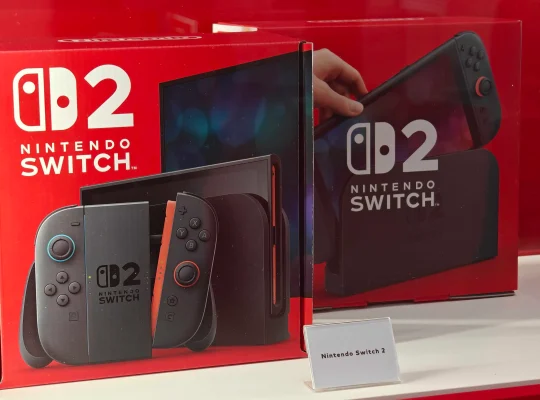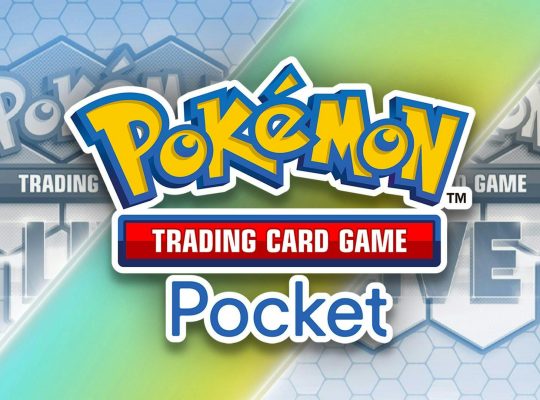Over the past few years, Discord has grown from a niche gaming chat app into a mainstream communication platform. But with that growth, many users feel the service is starting to cost more than it’s worth.
Rising Nitro Prices
Discord Nitro, once considered an affordable way to unlock perks, has steadily crept up in cost. In several regions, including Australia, subscription fees were raised this year. What was AU$12.99 per month is now AU$14.99, and the yearly plan jumped from AU$129.99 to AU$149.99. For users already paying for multiple streaming or subscription services, that increase feels steep.
In the U.S., Nitro remains at $9.99 per month, while Nitro Basic is set at $2.99 per month. But these plans offer fewer perks than before. The older “Nitro Classic,” which gave users cheaper access to animated emojis and higher file uploads, was discontinued and replaced with the more limited Basic tier.
Cosmetic Features and Shop Pricing
The introduction of Discord’s Customization Shop has also drawn criticism. Items like profile themes, badges, and cosmetics often cost between $5.99 and $12.99, prices some argue are too high for purely cosmetic additions. Since these don’t enhance the core functionality of the app, users see them as another way to squeeze money out of the community.
What Users Get in Return
Nitro still provides perks such as higher upload limits, HD streaming, and customization options, but for many the value doesn’t match the price. Complaints on forums and social media often point out that the app’s core features remain free, making Nitro feel more like a luxury than a necessity.
The Bigger Picture
Discord isn’t just relying on subscriptions anymore. The platform now takes a cut from developer sales inside servers and has been experimenting with new monetization features like ad-style promotions. Combined with regional price hikes, this shift signals that Discord is leaning harder on revenue generation—sometimes at the expense of user goodwill.
Conclusion
For many, Discord still remains the best option for online community building. But as the service adds more paid perks and nudges prices upward, the conversation is shifting. What was once a free and fun chat app with optional extras now feels increasingly like another subscription service with premium walls.










